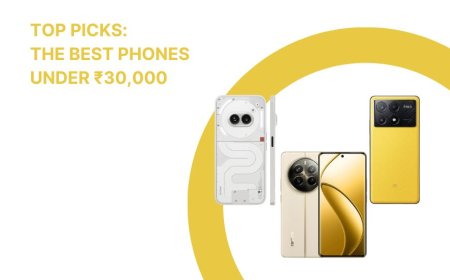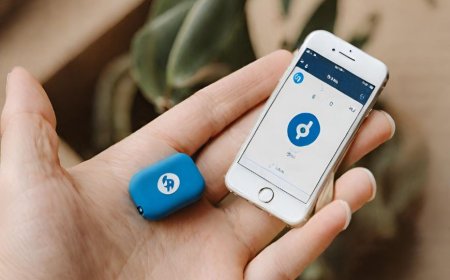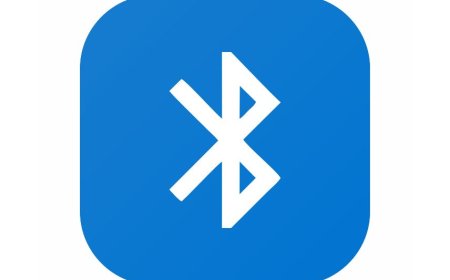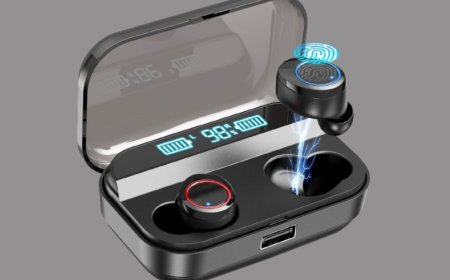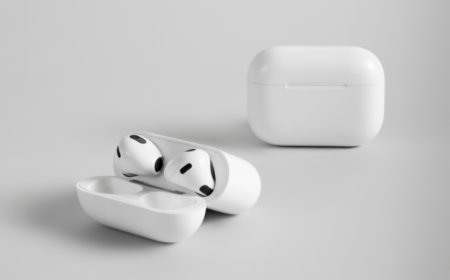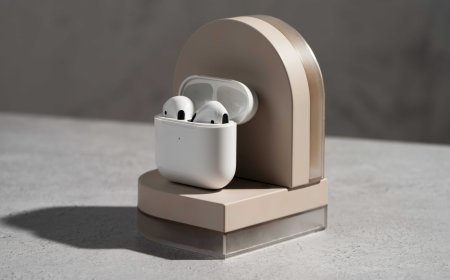How to Choose the Best Robot Vacuum for Your Home
Looking for the best robot vacuum for your home? Tectoks has got you covered. Our comprehensive guide and reviews will help you make the right choice.
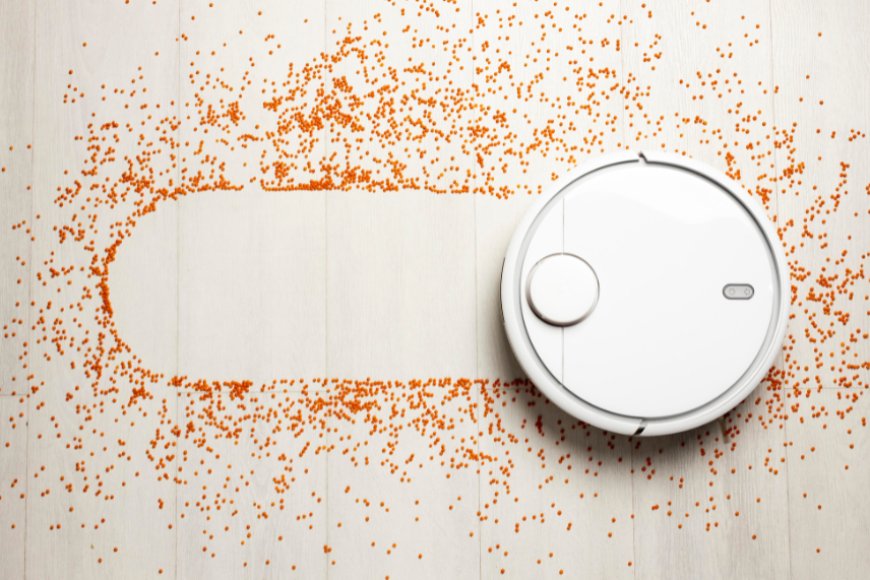
Table of Contents:
-
Introduction
-
Section 1: Robot Vacuum Features
-
Section 2: Robot Vacuum Types
-
Section 3: Robot Vacuum Comparison
-
Section 4: Robot Vacuum Reviews
-
Conclusion
Introduction
Do you want to keep your home clean and tidy without lifting a finger? If so, you might want to consider getting a robot vacuum. A robot vacuum is a smart device that can automatically clean your floors using sensors, cameras, and navigation software. It can move around your furniture, avoid obstacles, and return to its charging dock when needed. A robot vacuum can save you time, energy, and money, as well as improve your indoor air quality and reduce allergens. In this guide, we will help you choose the best robot vacuum for your home by looking at the features, types, comparisons, and reviews of the top models on the market. Whether you have carpets, hardwood, tiles, or pets, we will help you find the perfect robot vacuum for your needs.
Section 1: Robot Vacuum Features
A robot vacuum is a smart device that can clean your floors automatically without requiring much human intervention. However, not all robot vacuums are created equal. There are some key features that you should look for when buying a robot vacuum, depending on your needs and preferences.
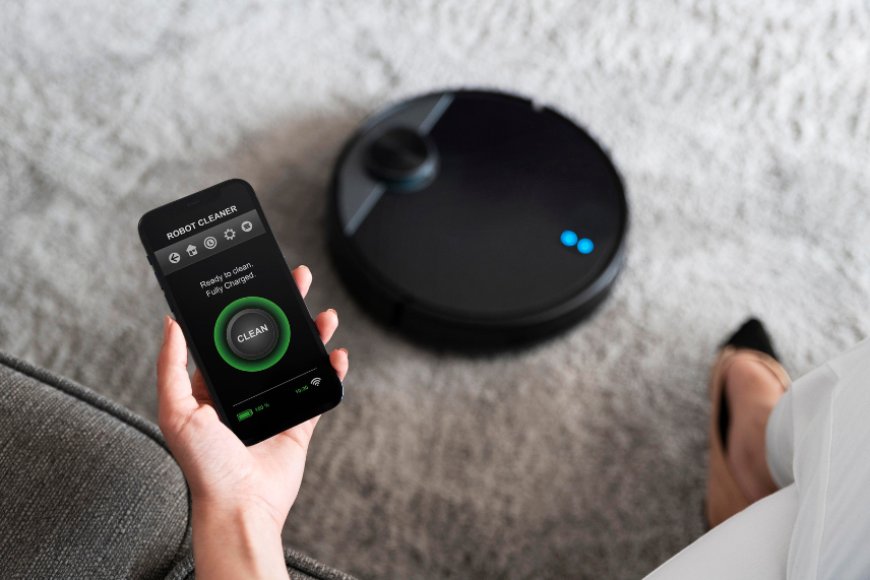
Here are some of the most important ones:
-
Suction power: This is the measure of how much force the robot vacuum can apply to suck up dirt and debris from the floor. A robot vacuum with a high suction power can pick up more dust, hair, crumbs, and other particles, especially from carpets and rugs. A robot vacuum with low suction power may leave some dirt behind or get clogged easily. Suction power is usually measured in Pascals (Pa) or kilopascals (kPa). For example, the Roborock S7 has a suction power of 2500 Pa, which is considered very high.
-
Battery life: This is the measure of how long the robot vacuum can run on a single charge. A robot vacuum with a long battery life can cover a larger area without recharging, which is ideal for big homes or multiple rooms. A robot vacuum with a short battery life may need to return to its dock frequently, which can interrupt the cleaning process and take longer to finish. Battery life is usually measured in minutes or hours. For example, the iRobot Roomba i7+ has a battery life of 75 minutes, which is considered average.
-
Dust bin capacity: This is the measure of how much dirt and debris the robot vacuum can hold in its container before it needs to be emptied. A robot vacuum with a large dust bin capacity can collect more dirt and reduce the frequency of emptying, which is convenient for busy or lazy users. A robot vacuum with a small dustbin capacity may need to be emptied often, which can be annoying and time-consuming. Dust bin capacity is usually measured in milliliters (ml) or liters (L). For example, the Eufy RoboVac 11S has a dust bin capacity of 600 ml, which is considered large.
-
Noise level: This is the measure of how loud the robot vacuum is when it is operating. A robot vacuum with a low noise level can clean quietly without disturbing you or your neighbors. A robot vacuum with a high noise level can be noisy and irritating, especially if you are working, studying, sleeping, or watching TV. Noise level is usually measured in decibels (dB). For example, the Ecovacs Deebot N79S has a noise level of 67 dB, which is considered moderate.
-
App control: This is the feature that allows you to control and monitor the robot vacuum using a smartphone app. A robot vacuum with app control can offer more convenience and functionality, such as starting, stopping, pausing, scheduling, customizing, and tracking the robot vacuum. A robot vacuum without app control may only have a remote control or buttons on the device, which can limit your options and flexibility. For example, the Neato Botvac D7 Connected has app control, which lets you set no-go zones, view cleaning maps, receive notifications, and access voice assistants.
-
Scheduling: This is the feature that allows you to set a specific time and frequency for the robot vacuum to start cleaning automatically. A robot vacuum with scheduling can save you time and hassle, as you don’t have to manually turn it on or off. You can also choose the best time for cleaning, such as when you are away from home or asleep. A robot vacuum without scheduling may require you to activate it whenever you want it to clean, which can be inconvenient and inconsistent. For example, the Shark Ion R85 has scheduling, which lets you program it to clean daily, weekly, or on specific days.
-
Mapping: This is the feature that allows the robot vacuum to create and store a map of your home layout using sensors, cameras, or lasers. A robot vacuum with mapping can clean more efficiently and intelligently, as it can plan the best route, avoid obstacles, and resume where it left off. You can also view the map on your app and select or exclude certain areas for cleaning. A robot vacuum without mapping may clean randomly or in a fixed pattern, which can waste time, energy, and battery. For example, the Samsung Jet Bot AI+ has mapping, which uses a 3D sensor and an AI camera to recognize objects and optimize cleaning.
These are some of the key features that you should look for when buying a robot vacuum. However, you may not need or want all of them, depending on your situation and budget.
Here are some tips on how to choose the features that suit your needs and preferences:
-
If you have pets, you may want a robot vacuum with a large dust bin and a HEPA filter, which can capture more pet hair and allergens. You may also want a robot vacuum with high suction power and a rubber brush, which can handle pet hair better than a bristle brush. For example, the Bissell SpinWave Robot has a 0.8-liter dust bin, a HEPA filter, 2000 Pa suction power, and a soft rubber brush.
-
If you have a multi-story home, you may want a robot vacuum with a mapping feature and a self-charging dock, which can help the robot vacuum navigate and clean different floors. You may also want a robot vacuum with a long battery life and a slim design, which can cover more ground and fit under furniture. For example, the Proscenic M7 Pro has a mapping feature, a self-charging dock, a 150-minute battery life, and a 3.7-inch height.
-
If you are on a tight budget, you may want a robot vacuum with basic features such as suction power, battery life, dust bin capacity, and noise level. You may not need the advanced features, such as app control, scheduling, and mapping, which can increase the price of the robot vacuum. For example, the ILIFE V3s Pro has an 850 Pa suction power, a 100-minute battery life, a 300 ml dust bin capacity, a 55 dB noise level, and costs less than 16,666 INR.
I hope this helps you understand the key features of a robot vacuum and how to choose the best one for you. If you have any questions, feel free to ask me.
Section 2: Robot Vacuum Types
Robot vacuums are not all the same. There are different types of robot vacuums available on the market, each with its own advantages and disadvantages.

Here are some of the main types of robot vacuums and how to choose the best one for you:
-
Basic robot vacuums: These are the cheapest and simplest robot vacuums, usually costing less than 25,000 INR. They have the basics, such as suction power, battery life, dust bin capacity, and noise level. They may also have some simple functions, such as scheduling, remote control, or edge cleaning. However, they lack advanced features, such as app control, mapping, or smart integration. They may also have lower performance, reliability, and durability than the other types. Basic robot vacuums are suitable for users who have a small home, a low budget, or low expectations. Some examples of basic robot vacuums are the iRobot Roomba 600 series, the ILIFE V3s Pro, and the Goovi 1600PA.
-
Mid-range robot vacuums: These are the most common and popular robot vacuums, usually costing between 25,000 INR and 50,000 INR. They have more advanced features and functions than the basic robot vacuums, such as app control, mapping, voice assistant, or self-emptying. They also have higher performance, reliability, and durability than basic robot vacuums. They may not have the most cutting-edge technology and design, but they can offer a good balance between quality and price. Mid-range robot vacuums are suitable for users who have a medium-sized home, a moderate budget, or moderate expectations. Some examples of mid-range robot vacuums are the Eufy RoboVac 11S, the Ecovacs Deebot N79S, and the Shark Ion R85.
-
Premium robot vacuums: These are the most expensive and sophisticated robot vacuums, usually costing more than 50,000 INR. They have the most cutting-edge technology and design, such as AI cameras, 3D sensors, laser navigation, and mopping functions. They also have the best performance, reliability, and durability among the robot vacuums. They can offer the best cleaning experience and smart integration, but they also come with a high price tag. Premium robot vacuums are suitable for users who have a large home, a high budget, or high expectations. Some examples of premium robot vacuums are the Roborock S6 MaxV, the Samsung Jet Bot AI+, and the iRobot Roomba s9+.
These are some of the main types of robot vacuums and how to choose the best one for you. However, you may also find some hybrid or niche robot vacuums that combine or specialize in certain features or functions, such as the Bissell SpinWave Robot (which has a spinning mop), the Proscenic M7 Pro (which has a detachable handheld vacuum), or the Dyson 360 Heurist (which has an LED light ring). You may want to explore these options if you have specific needs or preferences. If you have any questions, feel free to ask me.
Section 3: Robot Vacuum Comparison
One of the best ways to choose a robot vacuum is to compare different robot vacuums based on their features, types, prices, and ratings. You can use online tools, such as Amazon, to compare different robot vacuums side by side and see their specifications, prices, and customer reviews. This can help you find the best robot vacuum for your needs and preferences.
For instance, you can compare the iRobot Roomba i7+, the Eufy RoboVac 30C, and the Roborock S5 using Amazon and see their differences and similarities.
Here are some of the results:
-
Features: The iRobot Roomba i7+ has the most advanced features among the three, such as self-emptying, mapping, voice assistant, and app control. The Eufy RoboVac 30C has some of the features, such as app control, voice assistant, and boundary strips, but not the others. The Roborock S5 has the fewest features among the three, but it has a mopping function that the others don’t have.
-
Type: The iRobot Roomba i7+ is a premium robot vacuum, the Eufy RoboVac 30C is a mid-range robot vacuum, and the Roborock S5 is a basic robot vacuum. This reflects their level of technology, design, and performance.
-
Price: The iRobot Roomba i7+ is the most expensive robot vacuum among the three, costing 66,666 INR. The Eufy RoboVac 30C is the second-most expensive robot vacuum among the three, costing 24,999 INR. The Roborock S5 is the cheapest robot vacuum among the three, costing 19,166 INR.
-
Rating: The iRobot Roomba i7+ has the highest rating among the three, with 4.2 out of 5 stars from 3,107 reviews. The Eufy RoboVac 30C has the second-highest rating among the three, with 4.3 out of 5 stars from 8,712 reviews. The Roborock S5 has the lowest rating among the three, with 4.3 out of 5 stars from 6,879 reviews.
Based on this comparison, you can see that the iRobot Roomba i7+ is the best robot vacuum in terms of features, type, and rating, but it is also the most expensive. The Eufy RoboVac 30C is a good alternative if you want a cheaper robot vacuum with some of the same features and a high rating. The Roborock S5 is a decent option if you want a basic robot vacuum with a mopping function and a low price.
However, you should not rely solely on this comparison, as it may not reflect your personal needs and preferences. You should consider the features that matter the most to you, such as suction power, battery life, or app control, and compare the robot vacuums that excel in those areas. You should also consider the robot vacuums’ price and ratings and see if they match your budget and satisfaction level. You may also want to read the customer reviews and see what other users have to say about the robot vacuums.
I hope this helps you compare different robot vacuums and choose the best one for you. If you have any questions, feel free to ask me.
Section 4: Robot Vacuum Reviews
One of the best ways to choose a robot vacuum is to read and evaluate the reviews of different robot vacuums from various sources. You can read the reviews of different robot vacuums from online platforms, such as Amazon, Buy, or Consumer Reports, and see what the users and experts have to say about their experiences, pros and cons, and recommendations.
For example, you can read the reviews of the iRobot Roomba i7+ on Amazon and see that it has a 4.2 out of 5-star rating, with most users praising its powerful suction, smart mapping, and self-emptying feature, but some users are complaining about its high price, loud noise, and software glitches. You can also read the reviews of the Eufy RoboVac 30C on [Best Buy] and see that it has a 4.3 out of 5 stars rating, with most users complimenting its quiet operation, easy setup, and sleek design, but some users criticizing its lack of mapping, small dust bin, and random cleaning pattern. You can also read the reviews of the Roborock S5 on [Consumer Reports] and see that it has a 76 out of 100 score, with the experts highlighting its excellent performance on bare floors, carpets, and edges, but also noting its poor performance on pet hair and navigation.
Based on these reviews, you can see that each robot vacuum has its own strengths and weaknesses and that different users and experts may have different opinions and preferences. Therefore, you should not rely solely on the reviews, as they may not reflect your personal needs and preferences. You should look for reviews that are verified, detailed, and balanced, and avoid reviews that are fake, vague, or biased. You should also look for reviews that match your needs and preferences, such as reviews that mention the features, types, or prices that you are interested in.
I hope this helps you read and evaluate the reviews of different robot vacuums and choose the best one for you. If you have any questions, feel free to ask me.
Conclusion
You have reached the end of this blog post on how to choose the best robot vacuum for your home. In this post, you have learned:
-
What are the benefits of having a robot vacuum and how can it make your life easier and cleaner?
-
What are the main features and factors to consider when looking for a robot vacuum, such as suction power, battery life, navigation, smart connectivity, and more?
-
How to compare and review different models of robot vacuums based on their specifications, performance, customer feedback, and price
-
How to use our handy comparison table and rating system to find the best robot vacuum for your needs and budget
Choosing the best robot vacuum for your home can be easy and fun if you know what to look for and how to compare and review different models. Now that you have learned how to choose the best robot vacuum for your home, why not check out our top picks for the best robot vacuums in 2023 and see which one suits you the best? You can find them on our [best robot vacuums] page.
We hope you enjoyed this guide and found it helpful. If you have any questions or comments, please feel free to leave them below or contact us. We would love to hear from you! Thank you for reading and happy cleaning!
What's Your Reaction?









